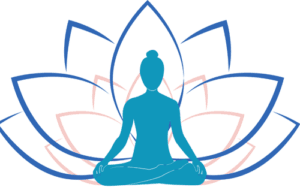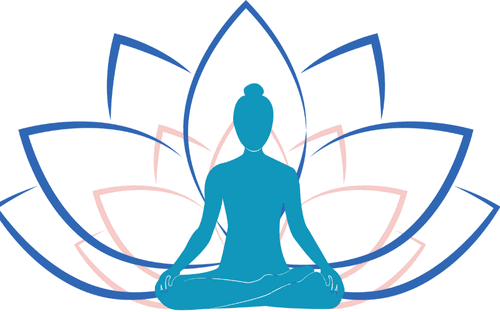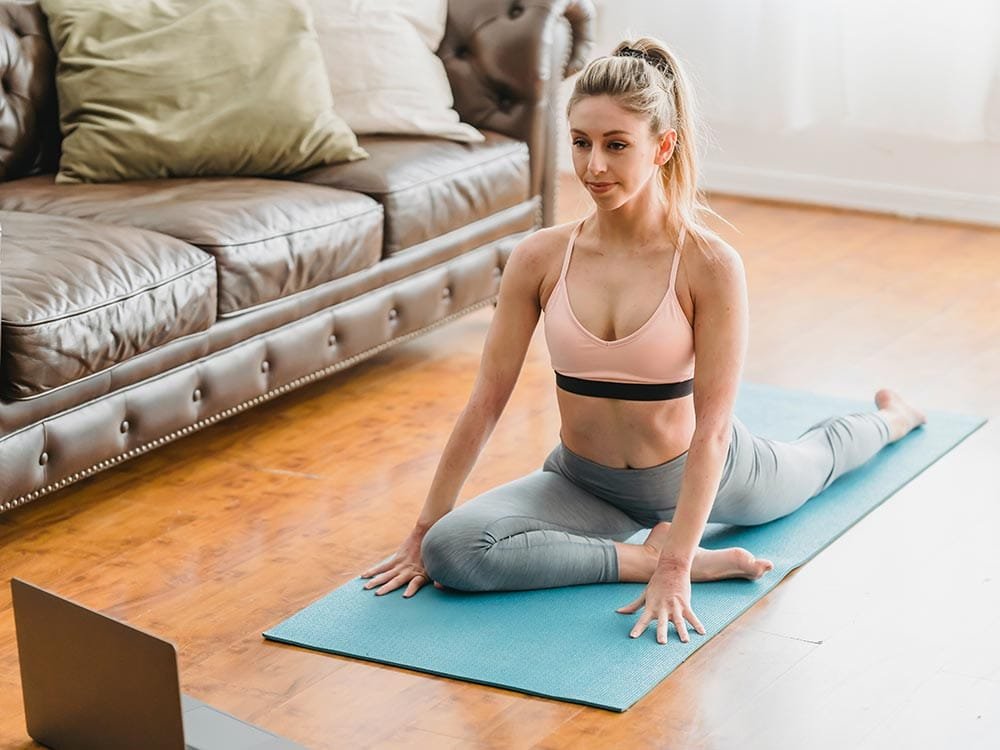The Importance of Bedtime Yoga
Incorporating yoga into your bedtime routine has gained significant attention in recent years, primarily due to its impressive ability to enhance sleep quality and promote mental well-being. Practicing bedtime yoga can involve a series of gentle stretches and restorative postures that activate the body’s relaxation response. These calming movements effectively reduce tension and stress, facilitating a smoother transition into sleep.
The physiological benefits of bedtime yoga are profound. Engaging in gentle poses can help alleviate physical discomfort by releasing muscle tightness, which often hinders a restful night’s sleep. Studies have shown that individuals who practice yoga regularly experience improved flexibility and reduced pain levels, contributing to overall physical comfort. Furthermore, the deep breathing techniques taught in yoga allow the body to lower cortisol levels, thereby decreasing anxiety and promoting a shift to a more tranquil state.
On a psychological level, bedtime yoga fosters mindfulness, encouraging practitioners to focus on their breath and body sensations. This mindfulness aspect plays a crucial role in calming the mind, which is particularly beneficial for those grappling with racing thoughts often experienced during the evening. Research indicates that yoga can effectively combat sleep disorders, helping individuals manage conditions such as insomnia and sleep apnea. The incorporation of mindfulness and relaxation techniques in yoga not only aids in better sleep but also enhances overall mental clarity and emotional resilience.
In light of these advantages, bedtime yoga emerges as a valuable practice for anyone seeking to improve their nightly rest and mental health. Integrating such a routine into daily life can yield significant benefits, paving the way toward more regenerative and restorative sleep experiences while simultaneously enhancing mental well-being.
Creating Your Calming Bedtime Yoga Sequence
Crafting a calming bedtime yoga sequence can significantly enhance your ability to unwind and prepare your body for restful sleep. The following poses and techniques are thoughtfully curated to promote relaxation and ease both the mind and body. Begin your sequence in a quiet space, free from distractions, ensuring that you have a comfortable mat and any necessary props, such as pillows or blankets, to support your practice.
Start with Child’s Pose (Balasana), a gentle restorative position that encourages relaxation. To perform this pose, kneel on your mat and sit back on your heels. Then, bow forward, resting your forehead on the ground and extending your arms in front of you or alongside your body. Hold this pose for 3-5 minutes while focusing on your breath, allowing your body to release tension with each exhale.
Next, transition into Legs-Up-The-Wall Pose (Viparita Karani), which helps to calm the nervous system. Lie on your back and bring your legs straight up against a wall while resting your arms by your sides. Ensure your hips are as close to the wall as comfortable. Remain in this pose for 5-10 minutes, visualizing your breath flowing down your legs with every inhale, grounding you in the moment.
Finally, finish with the Reclined Bound Angle Pose (Supta Baddha Konasana), designed to open the hips and foster a sense of tranquility. Lie on your back and bring the soles of your feet together, allowing your knees to fall open. You may support your knees with cushions for added comfort. Breathe deeply for 5-7 minutes, envisioning any stress melting away with each exhale.
Incorporating gentle rhythmic breathing throughout the sequence enhances relaxation. Practice deep belly breathing during each pose, inhaling through the nose and exhaling slowly through the mouth. This will deepen your relaxation and prepare your mind for a restful night’s sleep.
Incorporating Mindfulness and Sleep Hygiene
Integrating mindfulness practices into your bedtime yoga routine can significantly enhance its calming effects, facilitating better sleep and improved mental well-being. Mindfulness entails focusing one’s attention on the present moment, which helps to reduce stress and anxiety, two primary obstacles to restful sleep. Engaging in meditation before or after your yoga session encourages a state of relaxation and clarity, allowing your mind to unwind and prepare for sleep. Simple meditation techniques, such as concentrating on your breath, can help ground your thoughts, promoting a deeper sense of tranquility as you transition into sleep.
Mindful breathing, a core element of both yoga and meditation, is another effective method for enhancing sleep quality. By practicing deep, deliberate breaths, you lower your heart rate and activate the body’s relaxation response. This can be seamlessly integrated into your yoga routine, especially during poses held for extended periods. Incorporating visualization techniques, where you picture a serene environment or a peaceful scenario, can also enhance your yoga practice, encouraging a sense of calm and readiness for sleep.
In addition to mindfulness, maintaining effective sleep hygiene is crucial for achieving quality rest. Adhering to a consistent sleep schedule—going to bed and waking up at the same time daily—helps to regulate your body’s internal clock. Creating a restful environment is equally important; this can include dimming the lights, reducing noise, and ensuring a comfortable room temperature. Limiting screen time before bed is also advisable, as blue light emitted from devices can disrupt melatonin production, making it harder to fall asleep. By combining mindfulness techniques with established sleep hygiene practices, you can cultivate a holistic bedtime routine that supports better sleep and overall mental well-being.
Tips for Making Yoga a Consistent Nighttime Routine
Establishing a consistent nighttime yoga practice can significantly enhance both sleep quality and mental well-being. To initiate this rewarding routine, it’s vital to set realistic goals. Start with manageable sessions, perhaps aiming for just 10 to 15 minutes of practice a few times a week. Gradually increase the duration as comfort and familiarity with the poses grow. This approach will prevent feelings of overwhelm, making it easier to integrate yoga into your lifestyle.
Choosing a dedicated space for your yoga practice is equally important. Designate a calm and quiet area in your home, free from distractions, where you can easily spread out a yoga mat and enjoy the serenity of your surroundings. Personalizing this space with soothing elements such as candles, soft lighting, or essential oils can also create an inviting atmosphere that encourages relaxation and readiness for sleep.
Flexibility in your yoga routine is essential to accommodate varying schedules. Life can often be unpredictable, so consider having a list of alternative poses or shorter practices ready for those days when time is limited. This adaptability will help maintain your commitment to nighttime yoga while ensuring that the practice remains stress-free and enjoyable.
To keep your routine engaging, regularly introduce new poses and techniques. Exploring different styles, such as Yin, restorative yoga, or even guided meditations, can enhance your practice and stave off monotony. Additionally, take moments for self-reflection on the sleep benefits you experience from yoga; journaling about your progress can foster a deeper connection to your practice and serve as motivation to continue. Engaging with yoga as a consistent nighttime ritual ultimately supports your journey toward enhanced sleep and mental clarity.



